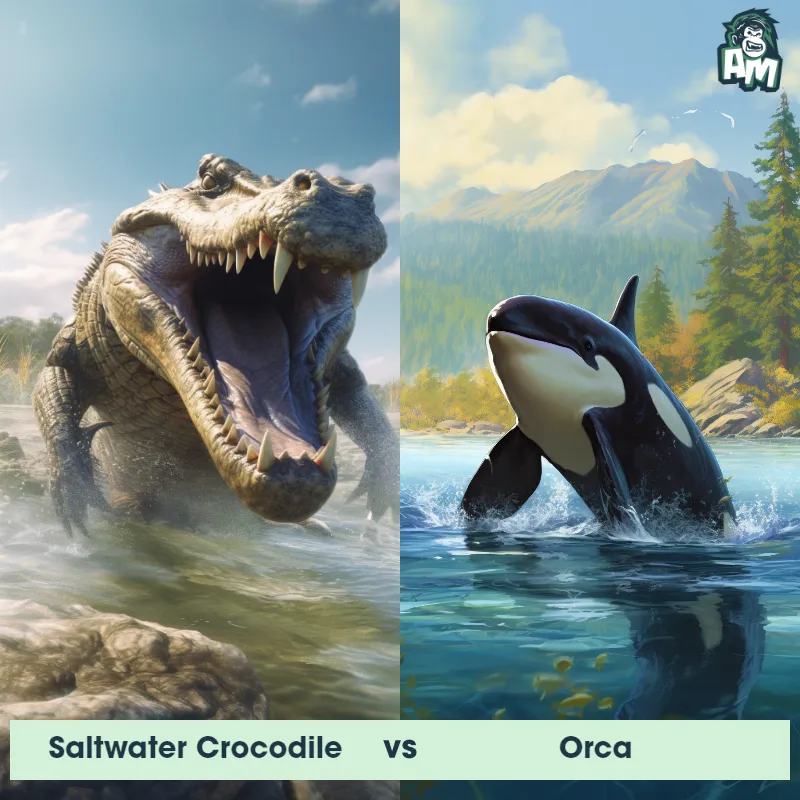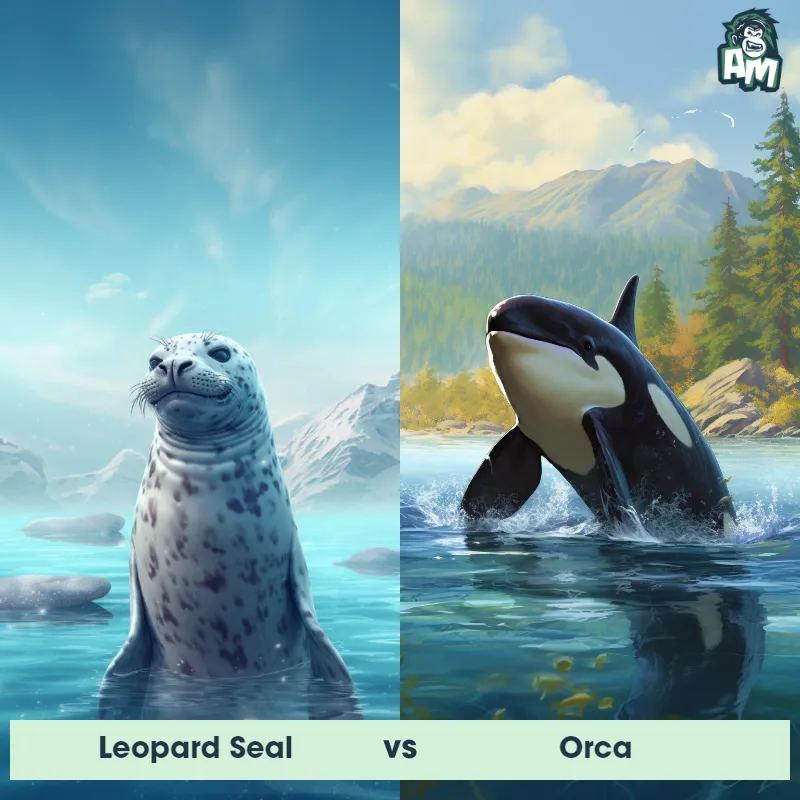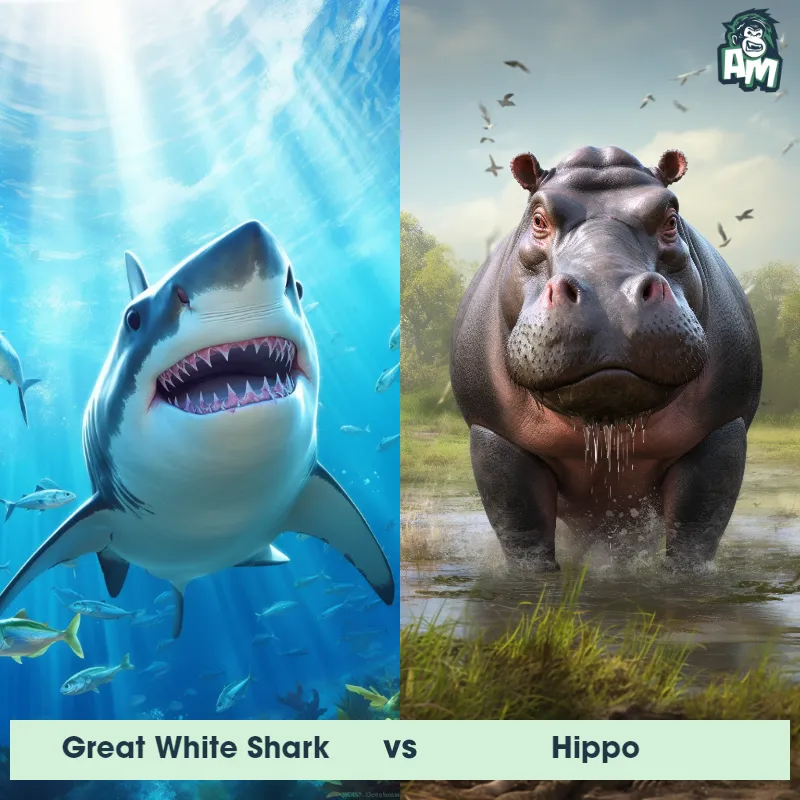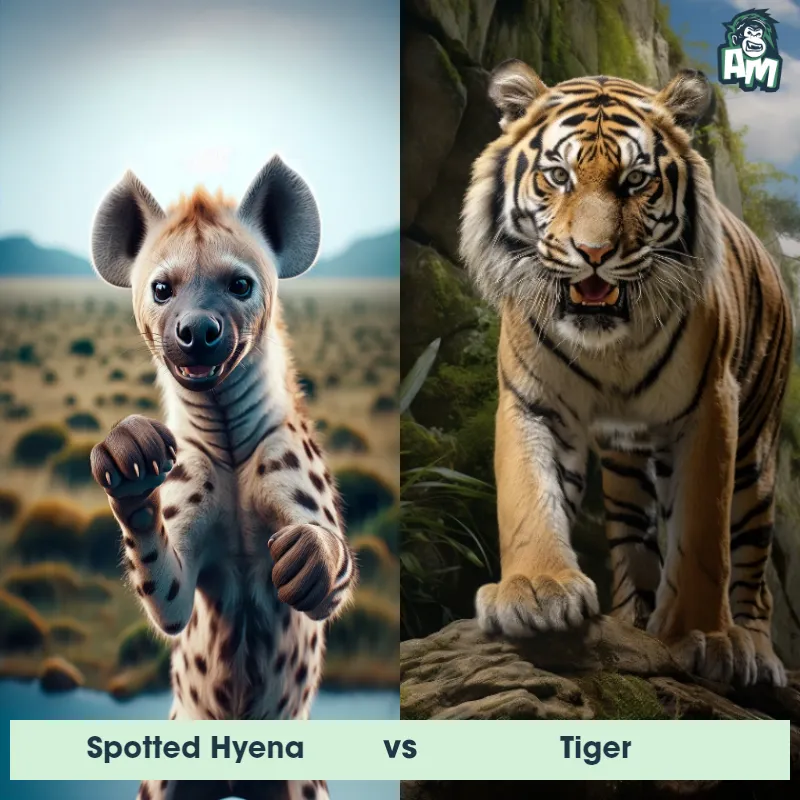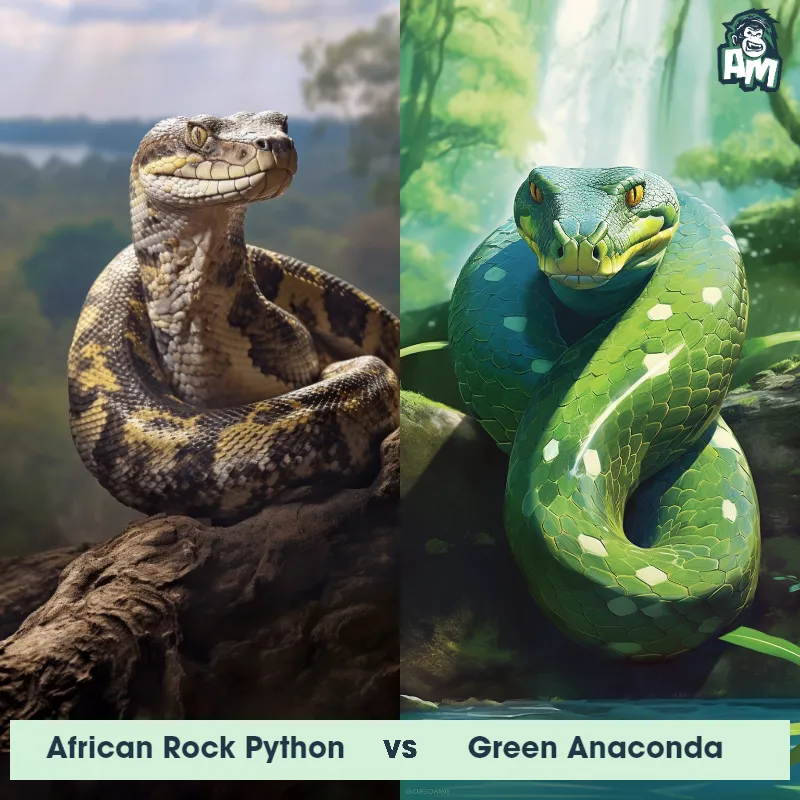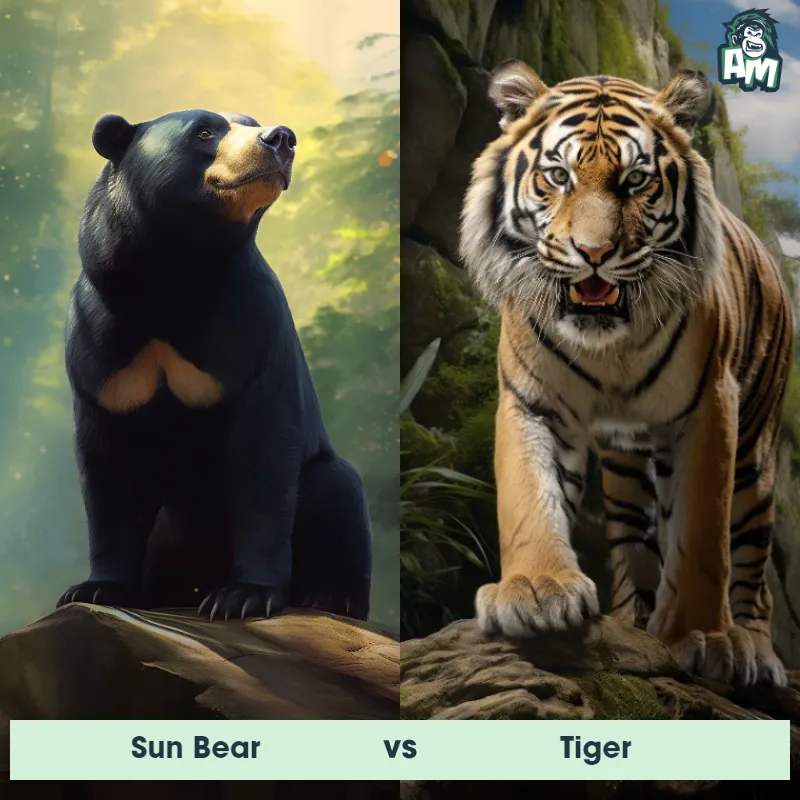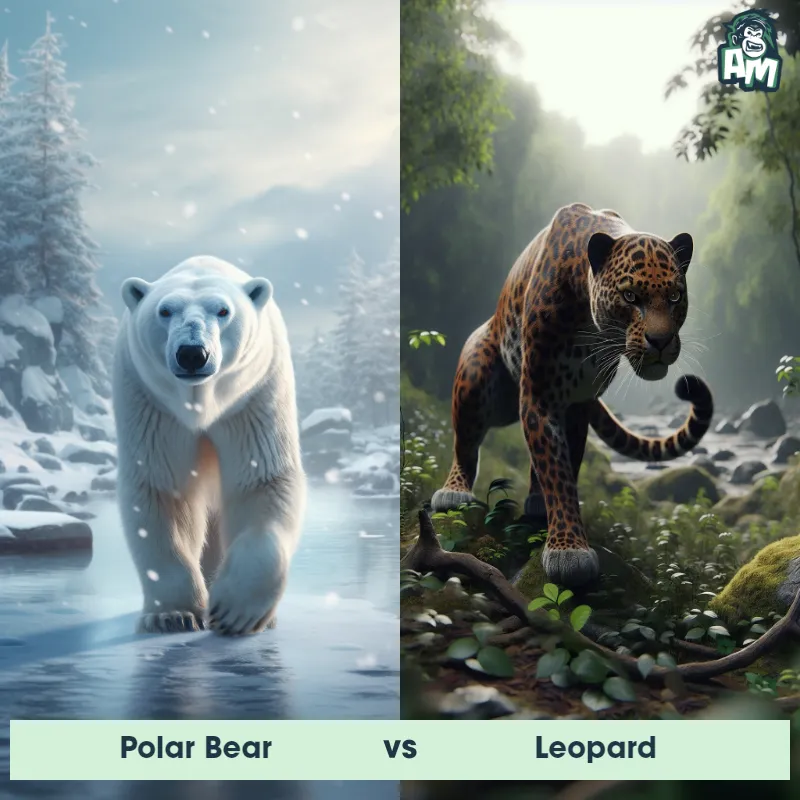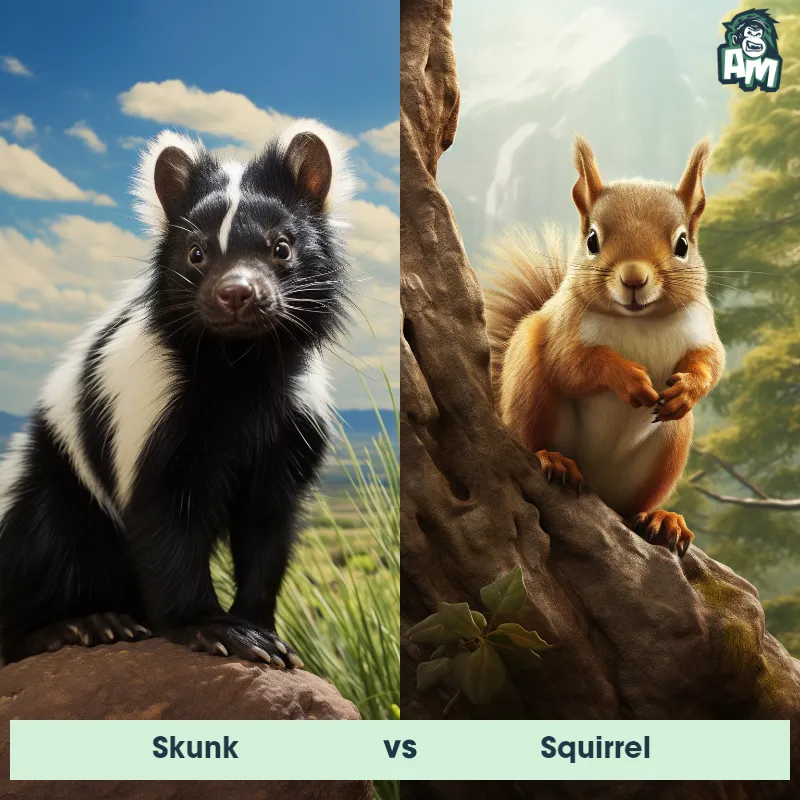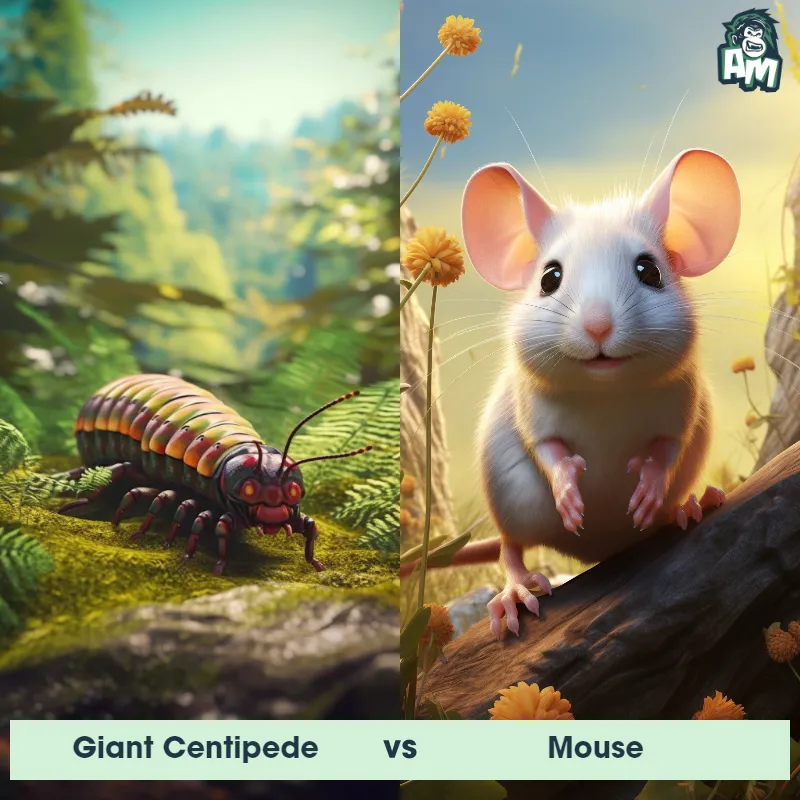Lion vs SkunkSee Who Wins

Ladies and gentlemen, welcome to this extraordinary matchup taking place in the depths of the jungle! We have a thrilling contest tonight between two fearless creatures. In the left corner, weighing in at an impressive 420 pounds, we have the king of the jungle, the ferocious Lion! And in the right corner, tipping the scale at a mere 10 pounds, we have the cunning and smelly Skunk! Get ready for an intense fight that will keep you at the edge of your seat!
Contender 1: Lion
The lion, often referred to as the 'king of the jungle,' is a large, powerfully built cat known for its tawny coat and, in males, a magnificent mane. They are native to Africa and a small region in western India. Adult male lions can weigh up to 420 pounds, while females, who are primarily responsible for hunting, are slightly smaller. Lions are social animals and live in groups called prides, which are usually composed of related females, their cubs, and a small number of adult males.
![[object Object] Gif](https://tenor.com/view/lion-yawning-yawn-tired-exhausted-gif-12230852.gif)
Fun Fact: Lions are the most socially inclined of all wild felids, most of which remain quite solitary in nature.
Contender 2: Skunk
The skunk is a small to medium-sized mammal best known for its ability to secrete a pungent odor when threatened. Skunks are identifiable by their black fur with a distinctive white stripe that runs down their back and tail. They have a small head, short legs, and a bushy tail. Skunks are omnivores and feed on a varied diet, including insects, small rodents, fruits, and plants.
Fun Fact: Skunks are not as indiscriminate with their spray as people often believe; they can accurately spray their scent at a target up to 10 feet away.
Matchup Stats
| Lion | Skunk | |
|---|---|---|
| Size | 4.5 to 6.5 feet long (body length), 3.5 to 4 feet tall at the shoulder (1.4 to 2 meters long, 1 to 1.2 meters tall) | 8-19 inches (20-48 cm) |
| Weight | Up to 420 pounds (190 kilograms) | 1.1-14 lbs (0.5-6.3 kg) |
| Speed | 50mph (80km/h) | 10mph (16km/h) |
| Key Strength | Powerful build, strong jaws, sharp claws | Ability to spray a pungent odor |
| Biggest Weakness | Less agile compared to other big cats, dependent on strength and power | Limited spray range (up to 10 feet) |
Current Votes
Lion vs Skunk
See Who Wins
View More Matches
Looking For More?
Similar Matches
Scientific Stats
| Lion | Skunk | |
|---|---|---|
| Scientific Name | Panthera leo | Mephitidae |
| Family | Felidae | Carnivora |
| Habitat | Grasslands, savannas, dense bush, and woodlands | Forests, grasslands, and suburban areas |
| Geography | Africa and a small region in western India | North and South America |
| Diet | Carnivorous, primarily large ungulates | Omnivorous (insects, small rodents, fruits, and plants) |
| Lifespan | 10 years - 14 years | 2 years - 10 years |
Key Differences between Lion and Skunk
- Coloration: Lions have a distinctive sandy or tawny coloration, with some individuals having darker or lighter variations, whereas skunks are black with distinct white stripes that run from their head to their tail.
- Tail: Lions have a long, tufted tail, often darker in color than the rest of their body, that they use for communication and balance, while skunks have a bushy tail that is carried low and pointed upward when they feel threatened.
- Facial Features: Lions possess a prominent head with a mane surrounding their face in males, while lacking in females, with powerful jaws and sharp canines, whereas skunks have a small face with a pointed snout and distinct facial markings.
- Body Shape: Lions have a muscular build with a robust and elongated body, well-adapted for hunting and taking down prey, whereas skunks have a smaller and compact body shape with low hindquarters and a bushy tail.
- Habitat: Lions are found in grasslands, savannas, and open woodlands across Africa, whereas skunks are adapted to various habitats, including forests, shrublands, and even suburban areas in North and Central America.
- Size: Lions are much larger than skunks, with males weighing on average 420-570 pounds and measuring about 4 to 4.5 feet at the shoulder, while skunks typically weigh between 6-10 pounds and stand about 6 to 10 inches tall.



